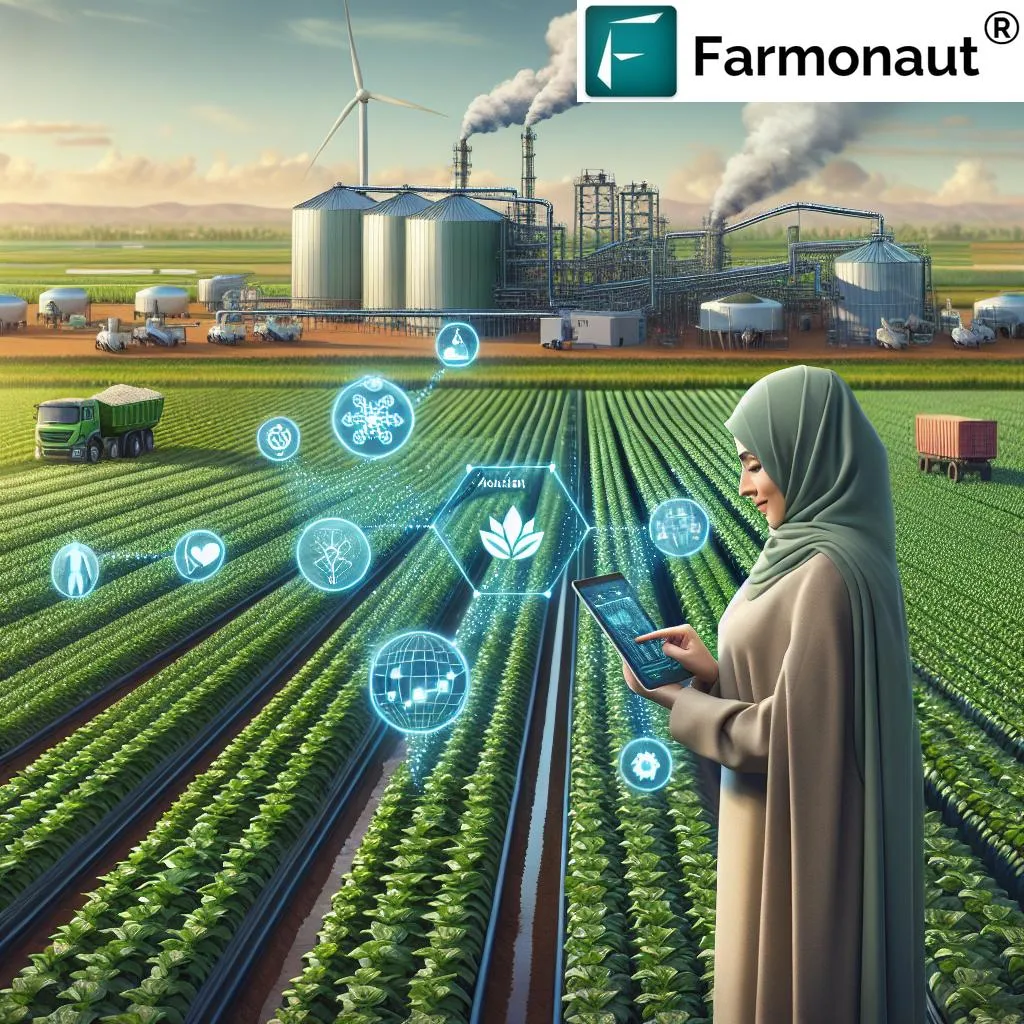In the heart of India’s bustling tech scene, a breakthrough in agricultural technology is taking root, promising to revolutionize how we combat plant diseases. S. Karthikeyan, a researcher at the School of Electronics Engineering, Vellore Institute of Technology in Chennai, has developed a cutting-edge deep learning model that could change the game for farmers and the energy sector alike.
Karthikeyan’s innovation, dubbed CNN-SEEIB, is a hybrid convolutional neural network that leverages an attention mechanism to classify plant diseases with remarkable accuracy. “The model incorporates a squeeze and excitation mechanism within its identity blocks, allowing it to focus on the most relevant features of an image, much like the human eye,” Karthikeyan explains. This attention-based approach enables the model to achieve an impressive 99.79% accuracy in identifying plant diseases, even on resource-constrained edge computing devices.
The implications for agriculture are profound. With the ability to process images in just 64 milliseconds, CNN-SEEIB can provide real-time disease diagnosis, enabling farmers to take swift action and prevent the spread of infections. This not only boosts crop yields but also reduces the need for pesticides, promoting more sustainable farming practices.
But the benefits don’t stop at the farm gate. The energy sector stands to gain significantly from this technology as well. By optimizing crop health and reducing pesticide use, farmers can lower their energy consumption, contributing to a greener, more sustainable energy landscape. Moreover, the model’s efficiency means it can run on low-power devices, reducing the energy footprint of agricultural monitoring systems.
Karthikeyan’s research, published in the journal *Frontiers in Artificial Intelligence* (translated from the original title in English), demonstrates the model’s prowess on a diverse range of datasets, including a collection of potato leaf images from Central Punjab, Pakistan. Here, CNN-SEEIB achieved a commendable 97.77% accuracy, showcasing its versatility and potential for global application.
As we look to the future, Karthikeyan’s work opens up exciting possibilities. “This technology could be integrated into drones or autonomous tractors, enabling large-scale, real-time monitoring of crops,” he envisions. Such advancements could herald a new era of precision agriculture, where data-driven decisions enhance productivity and sustainability.
In the realm of plant disease classification, Karthikeyan’s CNN-SEEIB model is a beacon of innovation, illuminating the path towards a more efficient, sustainable, and productive future for agriculture and the energy sector. As we continue to harness the power of artificial intelligence, the boundaries of what’s possible in farming and beyond are set to expand, driven by the ingenuity of researchers like Karthikeyan.

